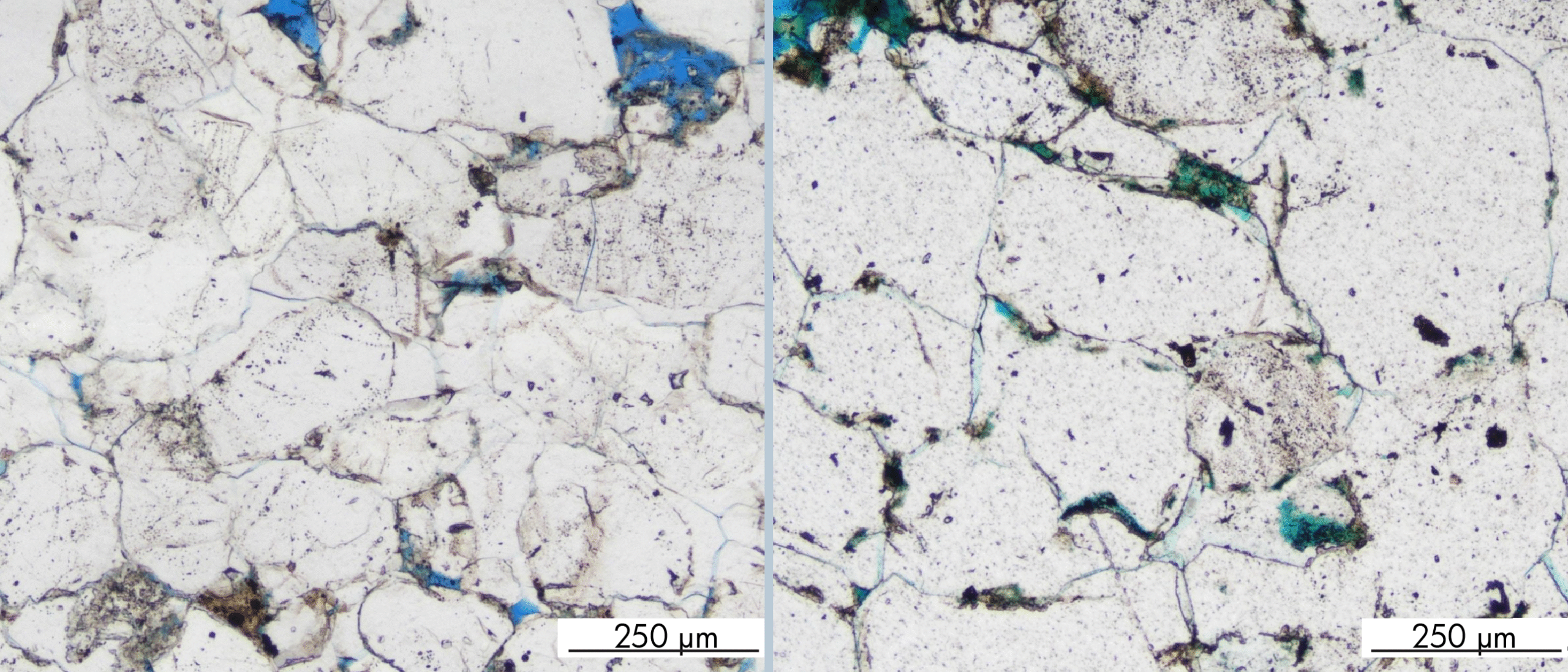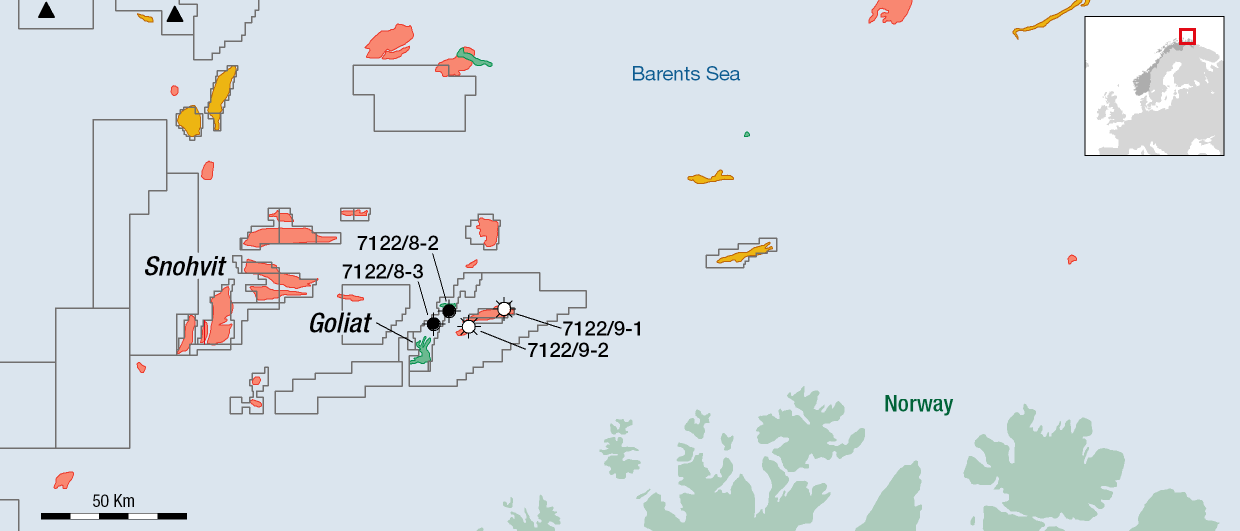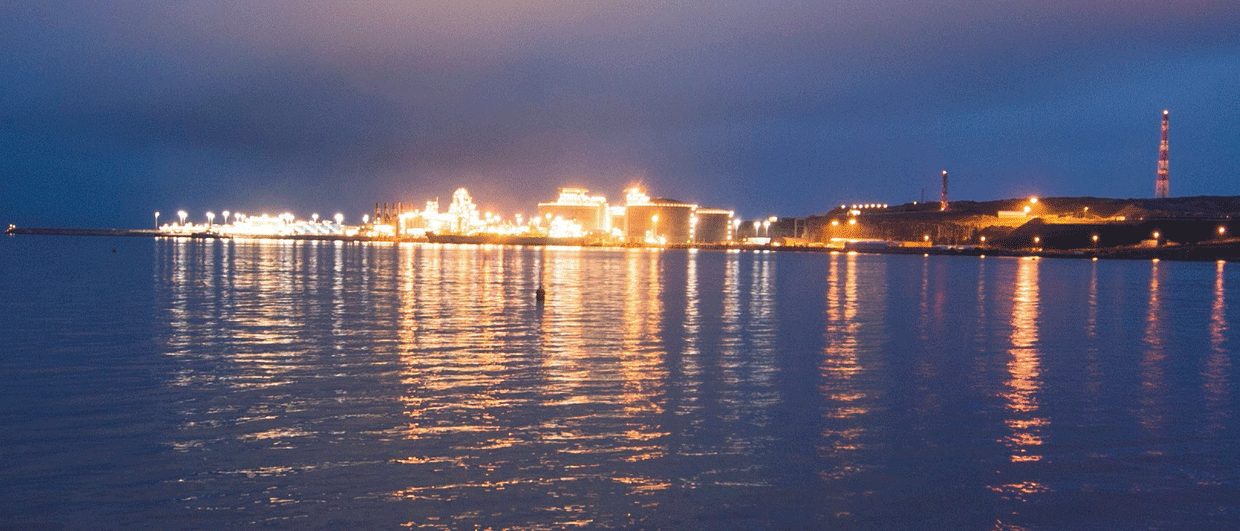
Expronews talked to Geir Elvebakk, on the soon-to-start carbonate wildcat campaign in the Barents Sea. Elvebakk is a Barents Sea carbonate expert, recently retired from the Oil & Gas industry in Harstad in the North of Norway.
This year Lundin targets karstified reservoirs in the Polmak well, also Equinor hunts the same target with the Shenzhou and Stangnestind wildcats.
– Carbonates are favourable targets in the Barents Sea area, according to Elvebakk, – We know from Spitsbergen and Nordaustlandet that similar carbonates to the one we find in the Barents Sea, here have been buried down to 4 km depth still retaining good porosity and permeability, up to 16 – 18 per cent. And, fracture porosity and karst porosity may add positively to this.
– Also, at Bjørnøya where the carbonates were buried even deeper down to 5 – 6 km depth, good secondary porosity is present.
– Another advantageous quality of the carbonates is that when it comes to oil containment, the carbonates can be seen as virtually chemically inert. This protects the oil from undergoing biodegradation and also increase the chance of finding oil in deeper prospects, down to 6-7km of burial, according to Elvebakk.

Next to the 2005s wildcat 7220/6-1 (Obelix) with shows, and the neighbour 7220/6-2 R (Neiden) discovery in 2016, both in karstified carbonates, Lundin heads some kms east, down-flank of the Selis Ridge, the un-informal name of the western basement segment of the Loppa High.
Here, the Lundin-operated wildcat 7221/4-1 was recently approved by the authorities and is soon to start drilling the Polmak prospect targeting reef carbonates of the Ørn Formation of the Gipsdalen Group.
– Intra Gipsdalen and the late Devonian to early Carboniferous age Billefjorden Group in down-flank position are potential source rocks, according to Elvebakk. Also, Triassic sandstone river channels of the Snadd Formation are targeted.
Lundin’s announcement of putting the 7220/11-1 (Alta) and 7120/1-3 (Gohta) discoveries on hold has not dampened the company’s exploration efforts on karstified carbonates.
The Selis Ridge was more or less continuously subaerially exposed from the Late-Paleozoic and into the Triassic. Therefore, this area saw heavily karstification, mainly in carbonates of the Late Carboniferous-Early Permian Ørn Formation of the Gipsdalen Group, but also in the Permian Røye Formation of the Tempelfjorden Group.
Further northeast, the large Bjarmeland Platform holds a large package of Upper Paleozoic and Mesozoic sedimentary rocks. In the southwest corner of the platform, Equinor is finally heading for the Shenzhou prospect, likely targeting Gipsdalen Group carbonates.
A large closure has reportedly been seen on seismic here, and the pre-drill volume estimates resource span are substantial, ranging from 191-505 MMboe. There is one tricky down-side here, the cherty spiculites of the Røye Formation.
The Eni-operated wildcat 7222/1-1 (Aurelia) on the northeast of the Loppa High had to abandon this well back in 2016 due to slow drilling and several bit trips in the massive Røye Fm chert, according to the Norwegian Petroleum Directorate’s Factpages.
The well’s total depth (TD) was set after drilling 205 meters into the Røye Fm. Similar conditions may be the case for the Shenzhou well. Let’s hope that Equinor is luckier than Eni (now Vår Energi).
– A decent test of the carbonates must include the Gipsdalen Group warm water carbonates which are equivalent to the those found in the proven prolific hydrocarbon-province of the Timan-Pechora basin in Russia, Elvebakk continues.
2020s easternmost well is operated by Equinor and targets the Stangnestind next to the Russian border. Here, the Gipsdalen carbonates are found quite shallow on the Fedinsky High. However, the central part of the high is on the Russian side. The volumes are on the low side, between 13 to 108 MMboe.
And Elvebakk’s favourite of these three wells? – The Polmak well stands out, because we see a working petroleum system in the vicinity proven by similar discoveries. The Polmak is also favourably situated for filling, according to Geir Elvebakk, – However, it is dependent on a Paleozoic source.
Text: TERJE SOLBAKK|




